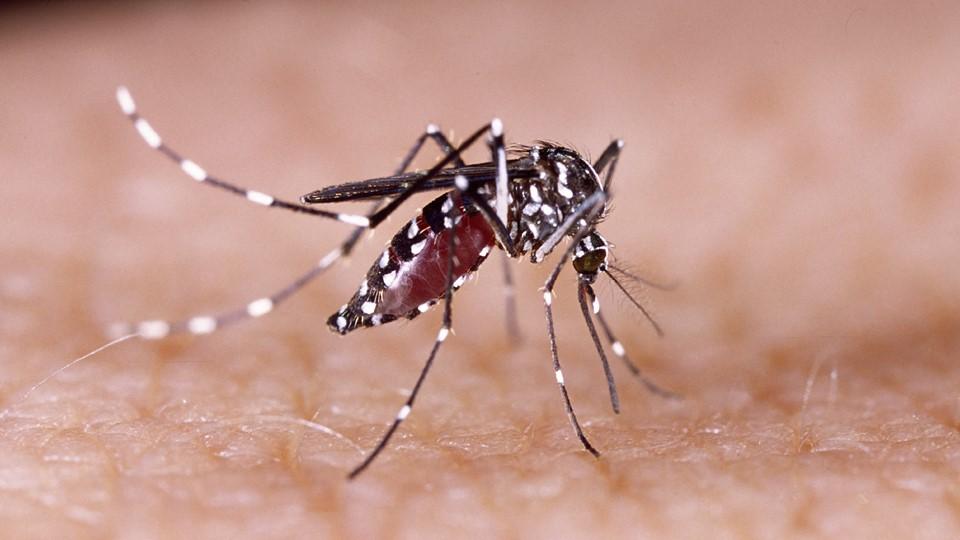Astellas' Iveric takeover rewarded with FDA nod for GA drug
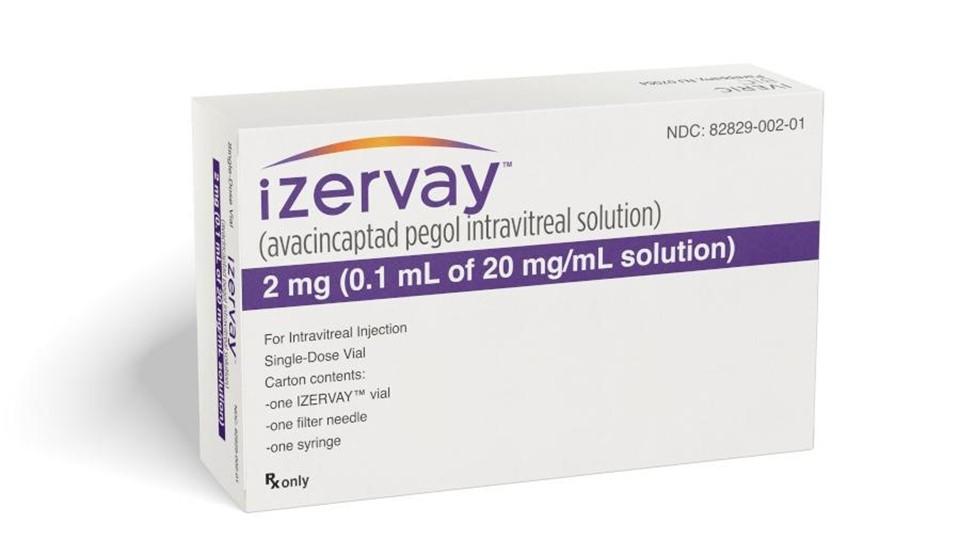
The FDA has approved a new drug for sight-robbing disease geographic atrophy from Astellas, just a few weeks after the company bought its developer Iveric Bio for $5.9 billion.
Izervay (avacincaptad pegol) has been cleared by the US regulator for GA secondary to age-related macular degeneration (AMD), a leading form of blindness, setting up a market clash with Apellis Pharma's recently-approved Syfovre (pegcetacoplan).
Both drugs are complement inhibitors that are administered by intravitreal injection directly into the eye. While Syfovre targets complement C3, Izervay – formerly known as Zimura – is a C5 inhibitor.
In a bid to differentiate the new product from its rival, Astellas said that Izervay is the only GA therapy shown to slow disease progression by up to 35% across two phase 3 trials (GATHER 1 and 2) at 12 months.
The two drugs are addressing a potentially enormous market, leading analysts to predict blockbuster sales levels for both. GA affects an estimated 1.5 million people in the US, but approximately three-quarters of people living with the condition are thought to be undiagnosed. Without treatment, an estimated 66% of people with GA may become blind or severely visually impaired.
Astellas said it would be able to launch Izervay onto the market within the next two to four weeks, and its rollout could coincide with some negative sentiment toward Apellis' drug related to an ongoing investigation into its safety.
Specifically, Syfovre has been linked to several cases of retinal vasculitis, some of which were severe enough to block blood flow in the retina, raising the risk of sight loss. Apellis has acknowledged that the investigation of the safety signal could have an impact on the take-up of the drug, which generated $67 million in sales in the second quarter.
"We are thrilled to receive FDA approval of Izervay and to offer a new therapy to physicians and appropriate patients in the US," said Pravin Dugel, president of Iveric, which now operates as an Astellas subsidiary.
"Time matters, vision matters, and safety matters in this devastating progressive disease," he added.
Across the GATHER clinical trial programme, the most common adverse reactions reported with Izervay at 12 months were conjunctival haemorrhage (13%), raised intraocular pressure (9%), and blurred vision (8%).
Iveric says it has seen no cases of serious intraocular inflammation, vasculitis, or endophthalmitis after 18 months of treatment in its studies, although Apellis has also said that it did not see any cases of retinal vasculitis in any of its clinical trials for Syfovre.



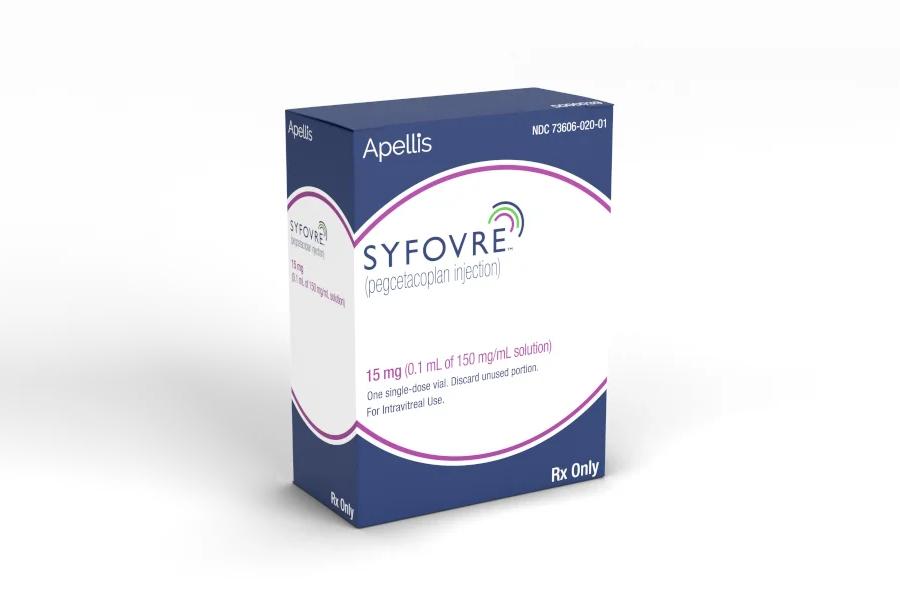

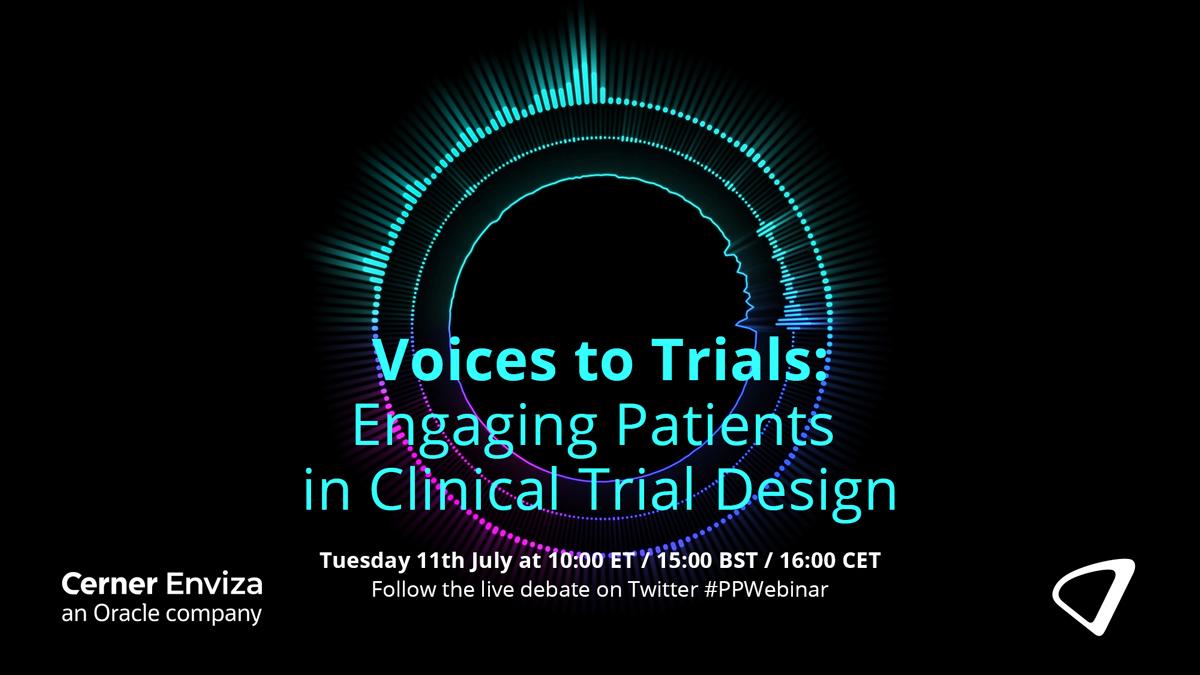

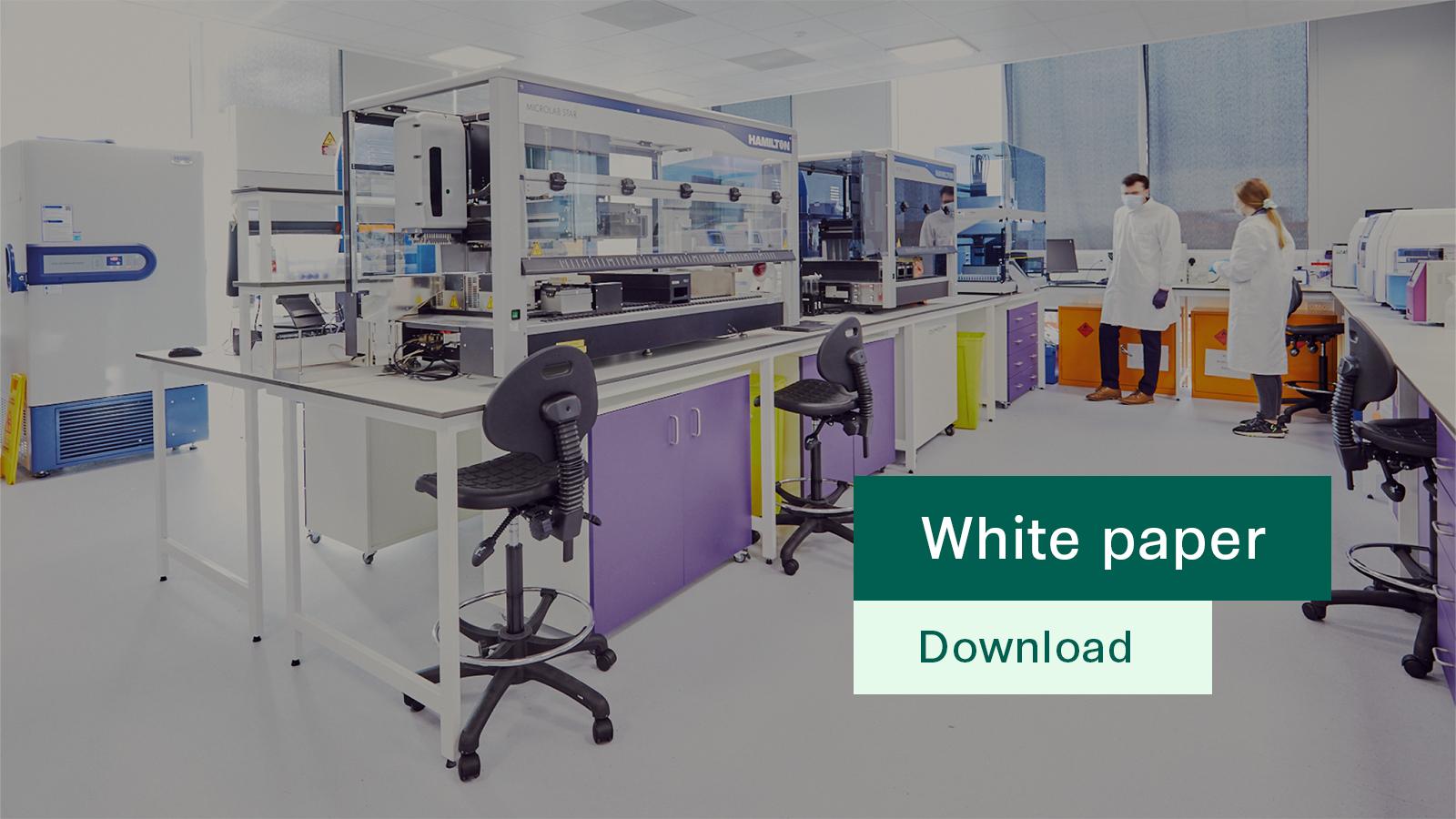

8c10.jpg)

